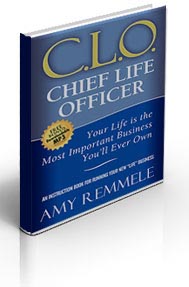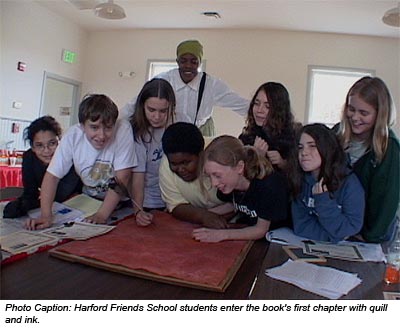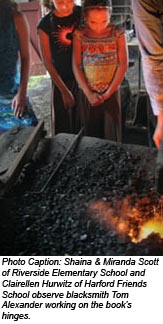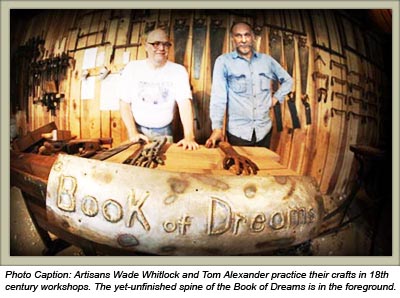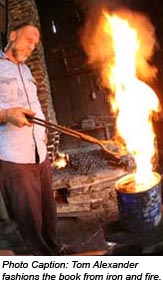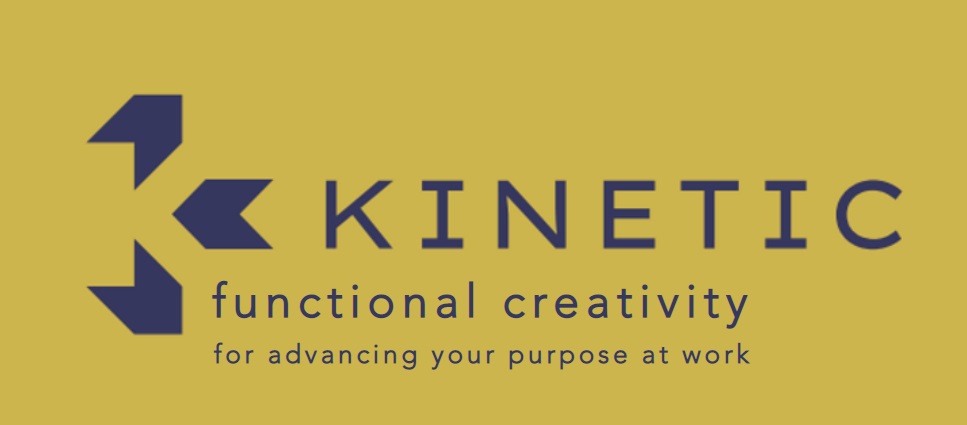
PRAGUE, 26-Aug-2022 — /EPR EDUCATION NEWS/ — In the 21st century, creativity is a key skill that people need in business, education and to develop companies. It helps to solve complex societal, social and environmental challenges – and to date, it has not been used enough. Therefore, an international team of experts from six European countries, led by the Czech team, has created a new, innovative method that changes existing procedures in problem-solving, education and teamwork. Called the Kinetic Method, it can be used by non-governmental organizations in youth work and adult education, or to explore solutions to social problems, such as racism or social exclusion. But it can also be used by companies for team building, or by universities.
The authors presented the results of their work in a new book: The Kinetic Method – A Playbook for Solving Problems. Developing this method took them 10 years of work, and the European Union Erasmus + programme financed the publication of their results.
The Kinetic Method can be used, for example, by the managers of social or educational organizations, social and youth workers, learning facilitators or coaches working in team building – anyone dealing with developing team performance, personal and professional development, and creativity for problem solving, innovation and resilience.
The Kinetic Method aims to become a well-used and sustainable tool. The authors state that this innovative framework will help to effectively and permanently increase the creative competence of individuals and organizations – and that this creativity can be learned. They view creativity as a learning outcome rather than a characteristic or personal trait.
“The Kinetic Method allows youth workers to support not only young people to develop their creativity so that they can more easily find a life path and a job. It boosts the development of creative skills and self-confidence, offers educators a way of reaching socially excluded young people, contributes to the preventing intolerance and fights against the radicalization current in Europe,†says co-author and senior trainer, consultant Zora Csalagovits from Hungary.
What makes the Kinetic Method and the book unique?
The Kinetic Method uses functional creativity to enable groups of people to work together while pursuing their goals and progress at work. It demonstrates how to increase the value of contributions in groups and boosts the ability to solve complex tasks. It consists of a set of practices related to skills, mindset and environment. It is not merely creativity itself, but creativity that is directed towards a common purpose or goal that is meaningful to society.
Whenever you are working on something that is important to you, you need to think creatively. “We have divided the approach to learning how to be creative into skills (the basic competencies that people use in creative tasks), mindsets (attitudes that are necessary for developing persistence and good habits in creative practice) and environment (the context of creativity), which can make or break our creative endeavours and our ability to collaborate creatively). In this way, we talk about embedding creativity in how we approach new things, how we think about ourselves and how we collaborate with others,â€Â Karolina Iwa from Poland, social innovator, intercultural psychologist and co-author, describes the method.
The book The Kinetic Method – A Playbook for Solving Problems summarizes the history of this methodology, a collection of methods and activities, and provides a description of methods in each of the nine chapters, with easy-to-follow instructions. This variety also reflects the different life experiences of the co-authors. One of the most difficult tasks was learning to ask good questions, which surprised the authors during their research. Often individuals are so driven by the search for answers that they forget the whole journey of the question itself, they say.
“This methodology supports creative action by building basic competencies in how to think and approach a problem right from the start, how to develop the necessary internal characteristics for building these skills and co-create an environment in which all participating members of the community can be creative,†confirms Mariana Marques, director of YUPI and trainer from Portugal.
Why is the method called Kinetic?
Kinetic means ‘relating to or resulting from motion’. “The word kinetic, for us, was about transforming people’s potential into a real action. Taking the creativity that is inside each of us, and finding a way to activate it. We wanted to think of creativity as something you can learn and also learn to direct or control when you need to,†explains American social scientist working in the UK, consultant and co-author Tracie Farrell. The authors, she says, wanted to demystify the idea of creativity as something that you are either born with or not, a talent you have or don’t have, and show people how it is really a collection of skills, mindsets and environmental features that make up creative action. “In a world full of very complex problems, we need everyone to contribute useful and interesting ideas. We wanted to help people gain the confidence to be able to do that,†says Tracie Farrell.
To develop the Kinetic Method, the authors collaborated with 100 users, one of whom was lecturer and manager Aneta Bednářová, director of the non-profit organization Genesis from the Czech Republic. “I have been training people who work with children and youth and management in the non-profit and private sector all over the world for many years. Their projects have a social impact. But they are often a group of enthusiasts who have not, however, mastered management or leadership skills. The Kinetic Method is an interactive form of informal education, which can be applied when working with children, team building, strengthening working relationships and solving personal problems. It binds the team together and clearly defines roles – and as a result, the team works more efficiently,†concludes Aneta Bednářová, who coordinated the entire project.
The project partners:
Genesis Czech Republic, YUPI Portugal, TE-IS Hungary, Youth Garage e. V., Associazione Interculturale NUR and MODE, move & develop foundation
About the authors:
Karolina Iwa is a social innovator, large group facilitator, intercultural psychologist and Theory U practitioner who supports systems and individuals to transform society and to face complex challenges. She is a member of many global OD communities driving positive change in the world, and the co-founder of Leadership Festival, a collective effort committed to co-emerging new paradigm(s) of leadership. She is a member of the Advisory Board of the Global Learning & Exchange Network and a researcher and author in the field of functional creativity. In her free time, she is an avid mountaineer both in summer and winter, a sailor and an explorer of intergenerational narratives.
Tracie Farrell PhDÂ is a research fellow at the Knowledge Media Institute of the Open University. Her areas of study include online social harm (such as hate speech and misinformation) and technology-enhanced learning. In 2022, she was awarded a UKRI Future Leaders Fellowship, for research on queering AI and its subfields in relation to social justice. In her free time, she plays boardgames and video games, and enjoys the seaside with her dog.
Zora Csalagovits is a senior trainer and consultant with a rich history of working in learning and development, especially in the field of international youth work. A Gestalt therapist, she is skilled in individual coaching and working with groups, non-formal educational methodology, diversity & inclusion management, and graphic recording. She is passionate about creativity and visualization as supporting tools in learning; when free, she enjoys fun (board)games and outdoor gatherings with friends and family.
SOURCE: EuropaWire

